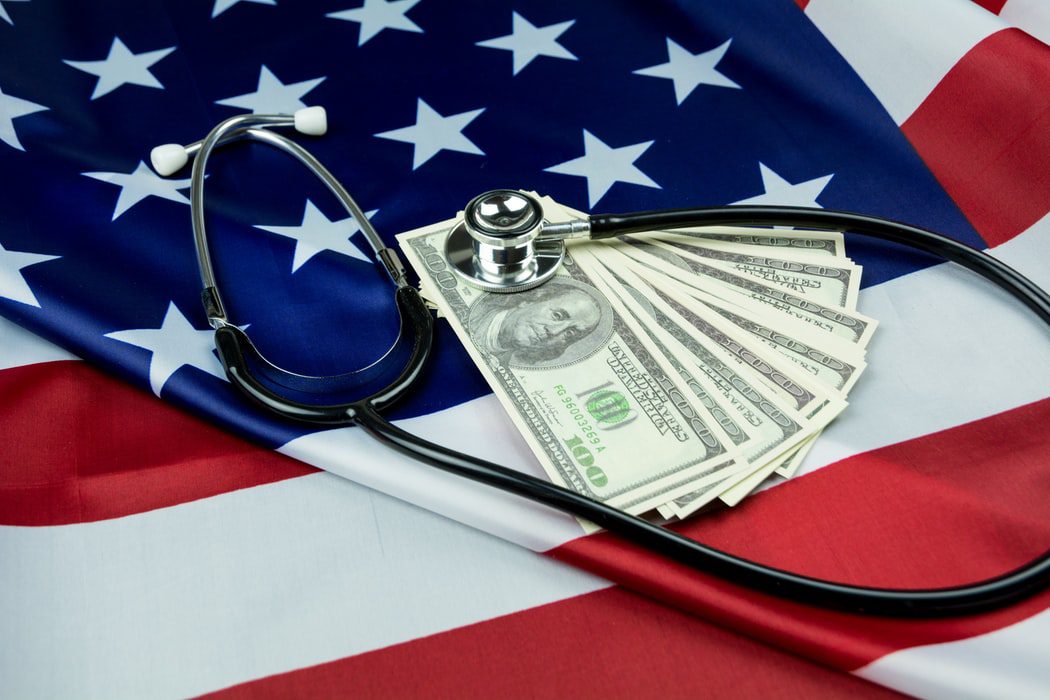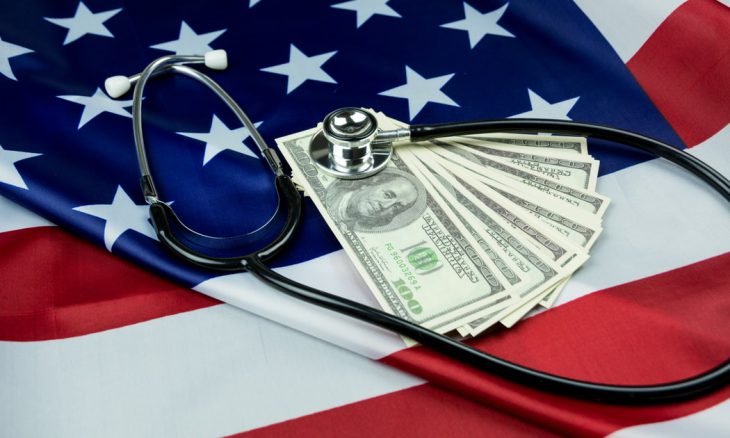Healthcare Spending in America

The United States spends significantly more on healthcare than other nations, but the outcomes are no better. Rising healthcare spending is a contributor to the nation’s unsustainable debt and high healthcare costs also make it more difficult to respond to public health crises like the COVID-19 pandemic.
According to figures from a foundation begun by Peter G. Peterson, former Secretary of Commerce in President Nixon’s administration, when comparing the costs of healthcare around the world in 2020, the U.S. spending on healthcare reached $1.4 trillion, averaging over $2,500 per person. Blue Cross Blue Shield reports healthcare spending in the U.S. in 2022 as a total of $3 trillion, which would double the per-person average. By comparison, the average cost of healthcare per person in countries in the Organization for Economic Cooperation and Development is only about one-third as much. (The Organization for Economic Cooperation and Development is a forum where the governments of 37 nations with market-based economies collaborate to develop policies and promote growth.)
Healthcare spending year over year had already been on the increase for the past few decades. Relative to the size of the economy, healthcare costs increased from 5 percent of GDP in 1960 to 18 percent in 2019, before COVID, and 20 percent in 2020.
What has caused the costs to rise?
There are several factors that make healthcare so expensive for families, businesses, and taxpayers. Of every dollar spent on healthcare, 39 cents goes to hospital care, 32 cents to physician or clinical services, 21 cents to prescription drugs, 6 cents to dental services, and 2 cents to other medical costs.
There has been growth in prescription drug spending. Between 2010 and 2025, prescription drug prices are expected to increase by 136 percent. Treating chronic diseases accounts for 86 percent of U.S. healthcare costs, and Americans have a generally unhealthy lifestyle that exacerbates chronic conditions.
Other factors include an aging population, the administrative costs of dealing with multiple healthcare systems, each with separate rules, funding, enrollment dates, and out-of-pocket costs. Private insurance, the Affordable Care Act, Medicaid, and Medicare all have different tiers of coverage, as do high-deductible plans, managed care plans (HMOs and PPOs), and fee-for-service systems. While the income of medical professionals in the U.S. is higher, American physicians also bear greater costs for liability insurance.
The rising healthcare costs continue to be a concern for the federal government and state governments as well. Taxpayers, even with government programs, continue to face greater out-of-pocket costs and premiums.
Most Americans are automatically entitled to health insurance benefits under the Medicare program upon reaching age 65. Today almost 96 percent of the nation’s elderly have Medicare coverage. For about 31 percent of the aging population, Social Security represents at least 80 percent of their income, an expansive growth since 1986 when 38 percent of the income of the elderly came from Social Security. While Medicare is administered by the federal government, Medicaid is within the province of the states. Qualifying for Medicaid is based on income and family size.
National health expenditures (NHE) for 2020, according to CMS, showed Medicare spending $829.5 billion in 2020, roughly 20 percent of all health expenditures. Medicaid logged in at 16 percent or $671.2 billion for the same year. Private health insurance spending declined during that same time but was still 28 percent of NHE, while out-of-pocket spending was 9 percent, around $386.6 billion.
The Inflation Reduction Act, passed by Congress and signed into law last month, includes improvements to the Medicare program that will be activated over the next five years. The changes will lower prescription drug prices for millions of seniors by allowing the government to negotiate drug prices for the first time and capping seniors’ out-of-pocket drug costs at $2,000 annually. Some other changes will include free vaccinations, lower insulin costs, and expanded subsidies for lower-income seniors. It also extends the ObamaCare premium subsidies for three years.
A program long advocated by Senator Bernie Sanders of Vermont and called “Medicare for All,” essentially a government-controlled healthcare program, is showing some signs of advancing in Congress. It would be paid for by increasing taxes.
Programs for healthcare by the government are programs “sponsored” by the taxpayers. God has given many instructions on caring for the less fortunate, for those who are unable to care fully for themselves. The apostle Paul wrote to the Romans, “We who are strong have an obligation to bear with the failings of the weak, and not to please ourselves. Let each of us please his neighbor for his good, to build him up” (15:1-2).
How then should we pray?
- For officials in charge of government healthcare programs to implement them effectively and efficiently.
- That Secretary Becerra would seek the Lord’s guidance as he leads the Department of Health and Human Services.
- For families who are facing an increase in the price of health insurance, high deductibles, and other costs.
- For God to give you wisdom regarding the ways you can maintain a healthier lifestyle and potentially reduce your healthcare needs.
- For medical professionals throughout the healthcare system as they tend to the sick and ailing.





